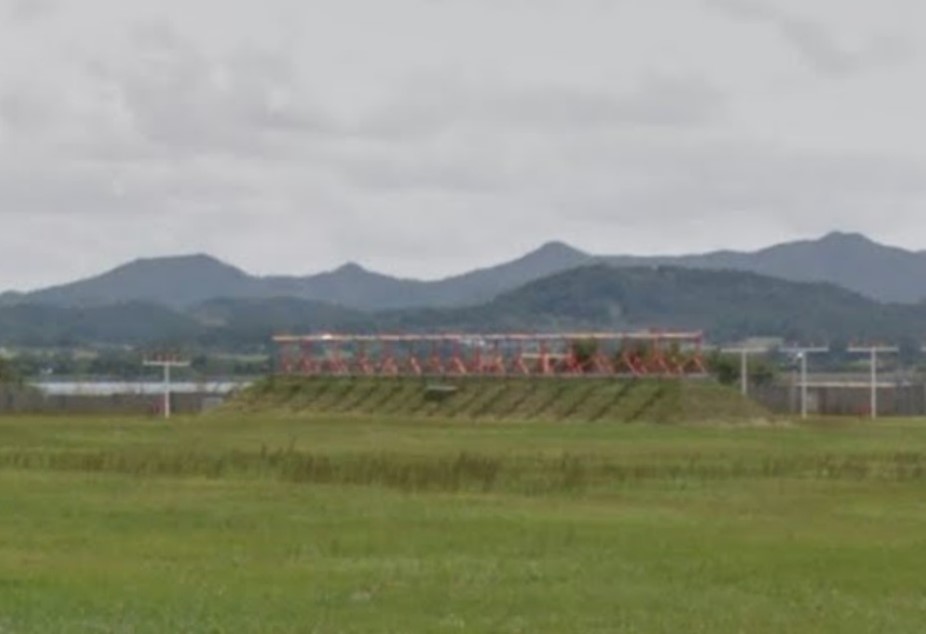
On December 29, 2024, a Boeing 737-800 flown by Jeju Air did a belly landing at Korea’s Muan International Airport. The aircraft overshot the runway and crashed into a massive berm that was constructed to elevate antennae for an ILS, an instrument landing system. The impact and the immediate fireball resulted in the death of 179 people. Two flight attendants strapped into the tail survived – barely. The crash was the worst airline disaster of 2024. It was not the first crash involving an aircraft hitting a berm, but it was the worst.
What Is an ILS?
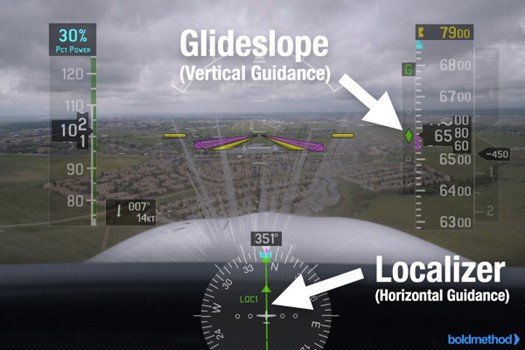
An ILS, or instrument landing system, includes an array of antennae about 10 ft tall. Every major international, regional and military airport uses an ILS. An ILS points a beam toward incoming aircraft so pilots can see their position relative to an optimum landing path. Their lateral position is determined by a localizer and their vertical position by a glidescope. An ILS is particularly useful in low visibility conditions.
Location of the Berm
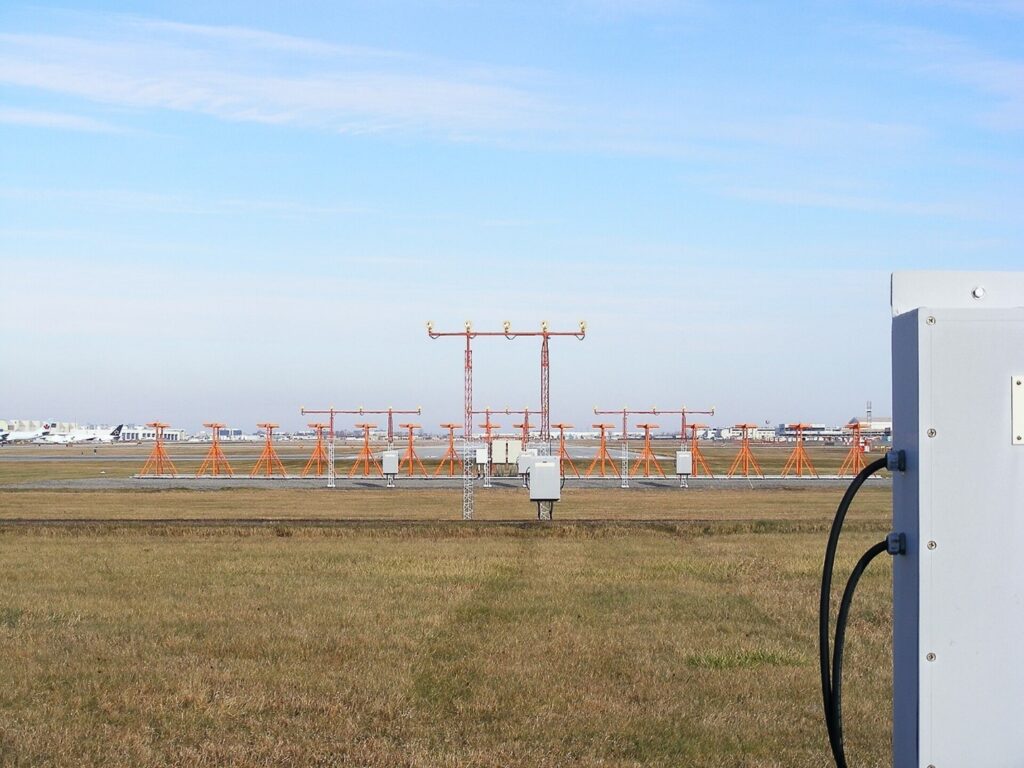
In order to detect incoming aircraft from miles away and guide them in their approach, localizer arrays must be centered horizontally on the extension of the centerline of the runway. Because aircraft can sometimes overshoot the highway, their position is dictated to be outside the runway end safety area or RESA. The base for the array is usually on the ground, on the same horizontal plane as the runway. However, if the ground at the array’s horizontal location is lower than the runway, siting criteria for ILS, such as FAA Order 6570.16E, suggest a “pedestal” to raise the array. The FAA, as well as aviation agencies of other countries, specify the array and pedestal to be “frangible” structures, meaning they will break away or be crushed easily in a collision with errant aircraft.

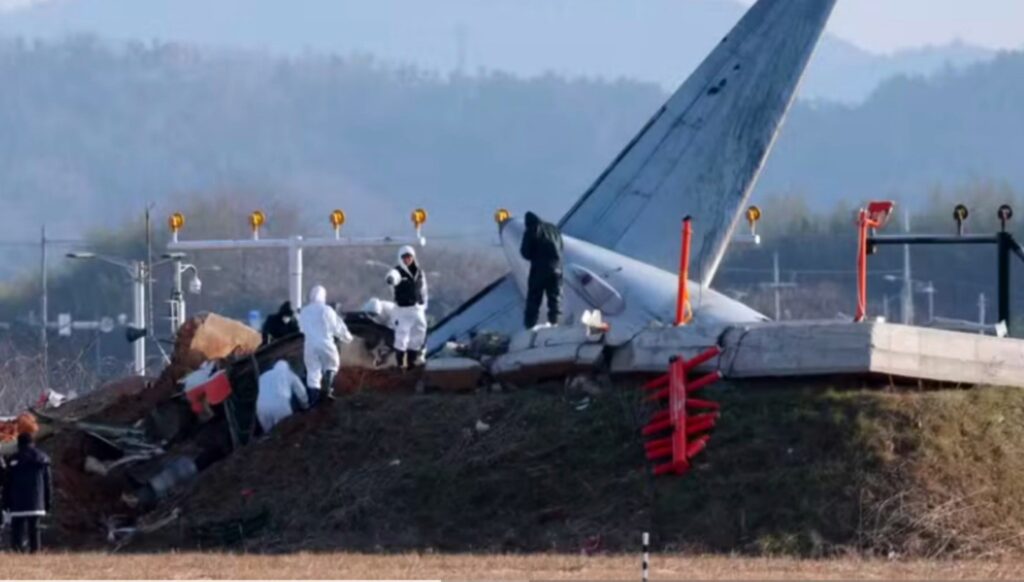
Nowadays, airports in the U.S. and Canada all use frangible structures of low mass for elevated arrays, as opposed to berms, with a few exceptions.[i]. Berms, such as the berm elevating the localizer array at Muan International, is anything but frangible and low mass. It is 2.2m tall with a 0.6m thick concrete base, judging from the picture above. The aircraft appears to have pushed through the berm – but left it in pieces, suggests considerable mass.
In fact, the mass of the earth displaced in the berm in the Juan Air crash is on the same order of magnitude as the maximum takeoff weight (MTOW) of a Boeing 737-800, as shown below.[ii].

The MTOW (maximum takeoff weight) of a 737-800 is 79,000 kg, in the same order of magnitude as the 62,000 kg cylinder of earth it has punched out of the berm. The numbers get closer if you consider that the MTOW of a 737-800 includes 11,800 kg of fuel, and the doomed aircraft would have little fuel left when it was landing.
Off Course
Jeju Air was flying from Bangkok to the South of Muan. The aircraft first approached Maun International from the South and was to have landed using runway 01, as most aircraft that land there do. Muan International has only one runway but flights landing or taking off in the North direction use the runway 01 designation. But after a bird strike, the pilot issued a Mayday distress call and radioed a “go around,” meaning flying a full circle and trying another landing attempt in the original direction (North). Instead, for reasons that remain unclear at the time of this writing, the aircraft makes an abrupt 180-degree turn for a landing on runway 19, the same runway but going in the South direction.
Had the aircraft landed in the original North direction, it could still have overshot the runway and run into a localizer array. Unlike the localizer array off the South end of the runway, the localizer array off the North end appears to be at ground level (or very close to it), judging by Google Earth images. No berm is visible. If the array had frangible mounts, an aircraft flying over it would have just mowed down the array. Observers have speculated that if that had been the case, most, if not all, of those on board would have survived.
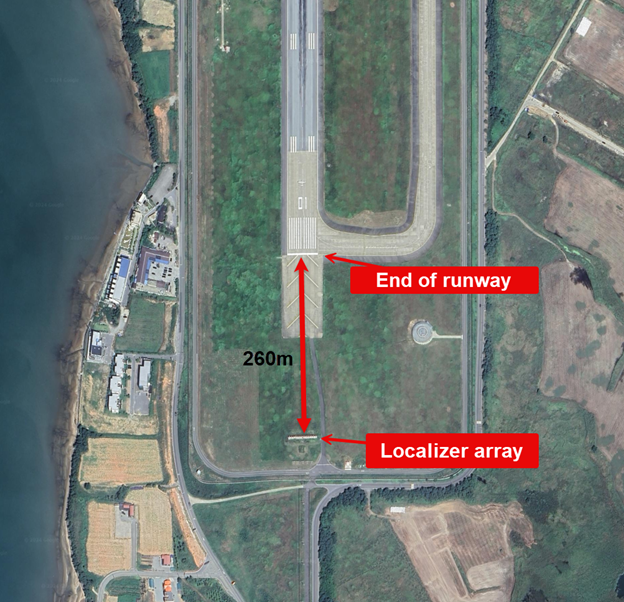
Those specifying or certifying the berm likely thought it impossible for an aircraft to reach it. After all, the berm was located a supposed safe distance from the end of the runway. The UN’s International Civil Aviation Organization (ICAO), which South Korea has adopted for its international airports, only requires 90m for a runway end safety area or RESA. However, an ICAO working paper suggests a 240m RESA for runways the length of Muan’s airport. Muan’s airport provided 260m of RESA – more than enough by ICAO guidelines.
In Harm’s Way
But berms have caused incidents elsewhere.
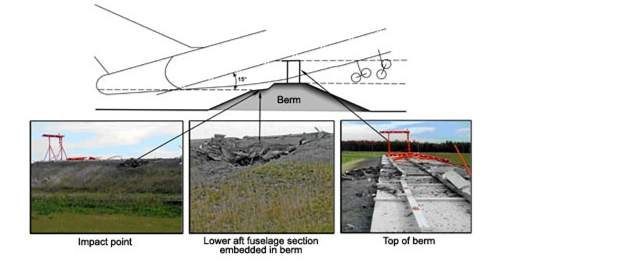
On October 14, 2004, a cargo-carrying Boeing 747 flown by MK Airlines failed to gain altitude upon takeoff at Halifax, Canada. Its landing gear struck the 10 ft high localizer array and its tail struck the berm and concrete base on which the localizer array was mounted, according to the official accident report published by the Transportation Safety Board of Canada. The tail broke off. The aircraft stayed airborne another 1,200 feet before it crashed and burned, killing all seven on board.
The berm was situated berm 1,825 ft (556 m) from the end of the runway. Similar to the runway at Muan, the Halifax runway tilted down, so the localizer array was raised with a berm.
On November 30, 2004, Lion Air Flight 538 hydroplaned while landing at Adi Sumarmo International Airport, Surakarta, Indonesia, striking a berm topped off with a concrete slab with a localizer array. Twenty-five of the 163 people on board died. Almost all of the structural damage of the aircraft and most of the fatalities and injuries were stated to be caused by the concrete slab.
Simply removing berms and replacing them with steel structures of less mass can still be disastrous. On June 1, 1999, a Douglas MD-82 flown by American Airlines landed during a storm at Little Rock National Airport. Upon landing in Little Rock, it overshot the runway and struck a localizer array but because the array was mounted on a frangible structure, there was almost no damage to the aircraft. Most of the damage was caused by a landing approach lighting system mounted on a nonfrangible structure. Parts of the structure crushed the nose of the aircraft and tore through the fuselage. Nine people were killed right away, and two more died from injuries. The FAA stated that a structure mounted in a flood plain could not be frangible because of the possibility of moving water, ice, and floating debris, but neither judge nor jury was sympathetic, and the airport was held liable for having dangerous (infrangible) support in a runway safety area.
A Berm-Free Future?

From the illustration alone (above), one might think that a design of berms would have an aircraft forced to do a belly landing slide up the embankment rather than crash through it. That may actually have happened in the Lion Air accident mentioned above, but in the recent far more deadly Jeju Air crash, the aircraft crashed through the berm with such energy that hardly a fragment remains identifiable. One solution is to create a berm with a broader base and, therefore, a smaller angle of incline that allows aircraft to slide up and over them, as the Lion Air flight has done. But why not get rid of berms that have any chance of impeding a takeoff or landing altogether, no matter how small the chance?
[i] In the research for this article, I confirmed localizer berms at Toronto Pearson International Airport and found mention of berms at two other Canadian airports.
[ii] The mass of a cylinder of earth with a diameter equal to 737-800 and a length equal to the thickness around the middle of the berm.

